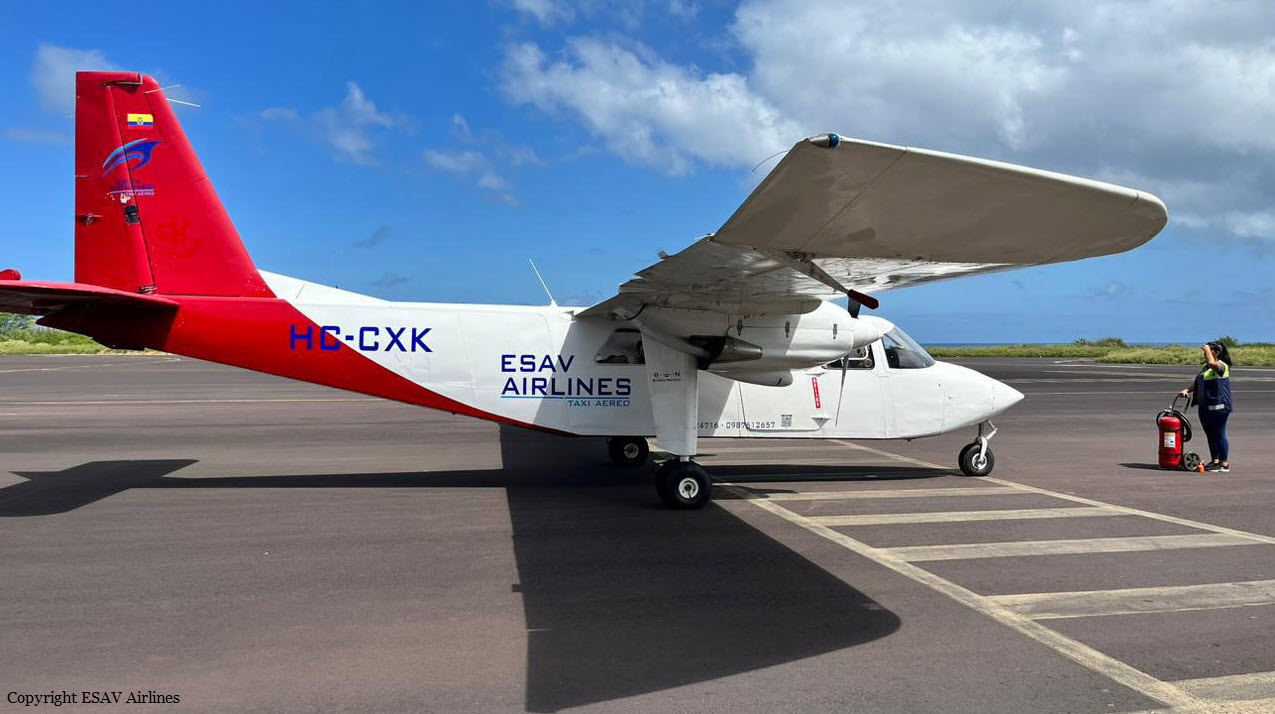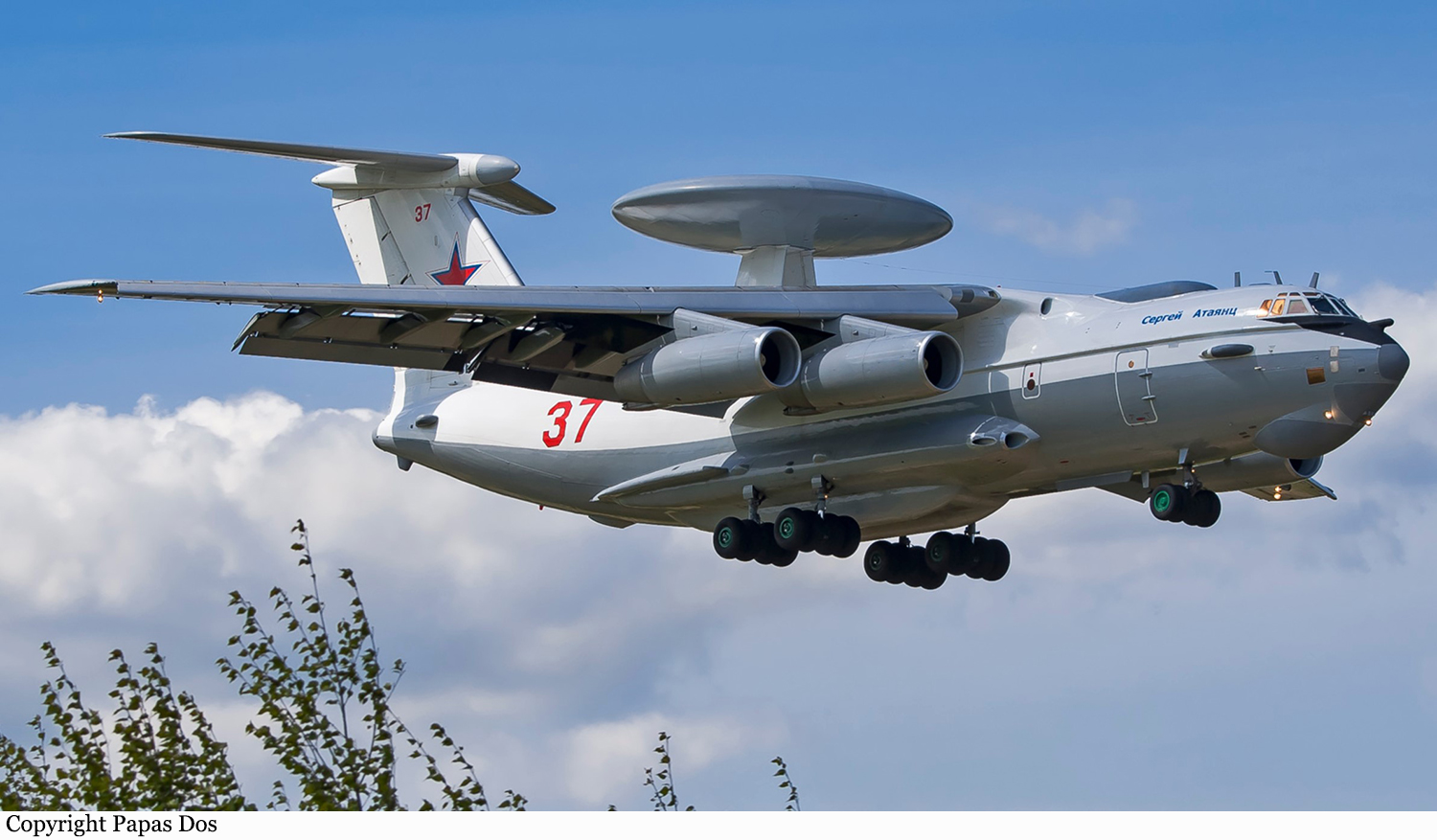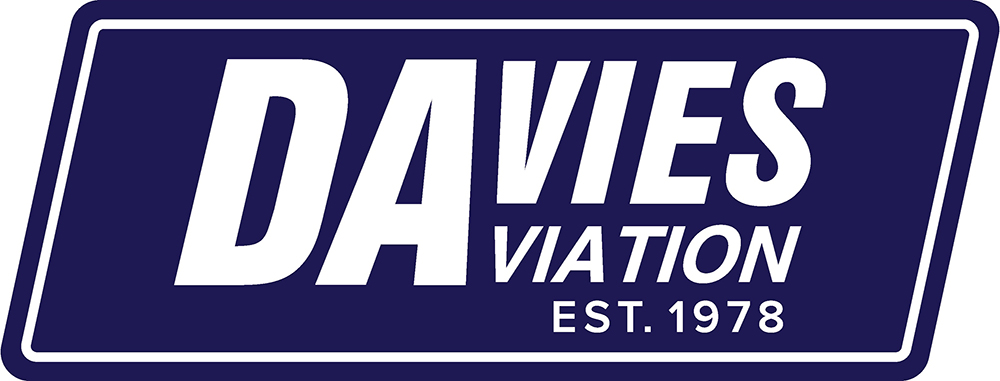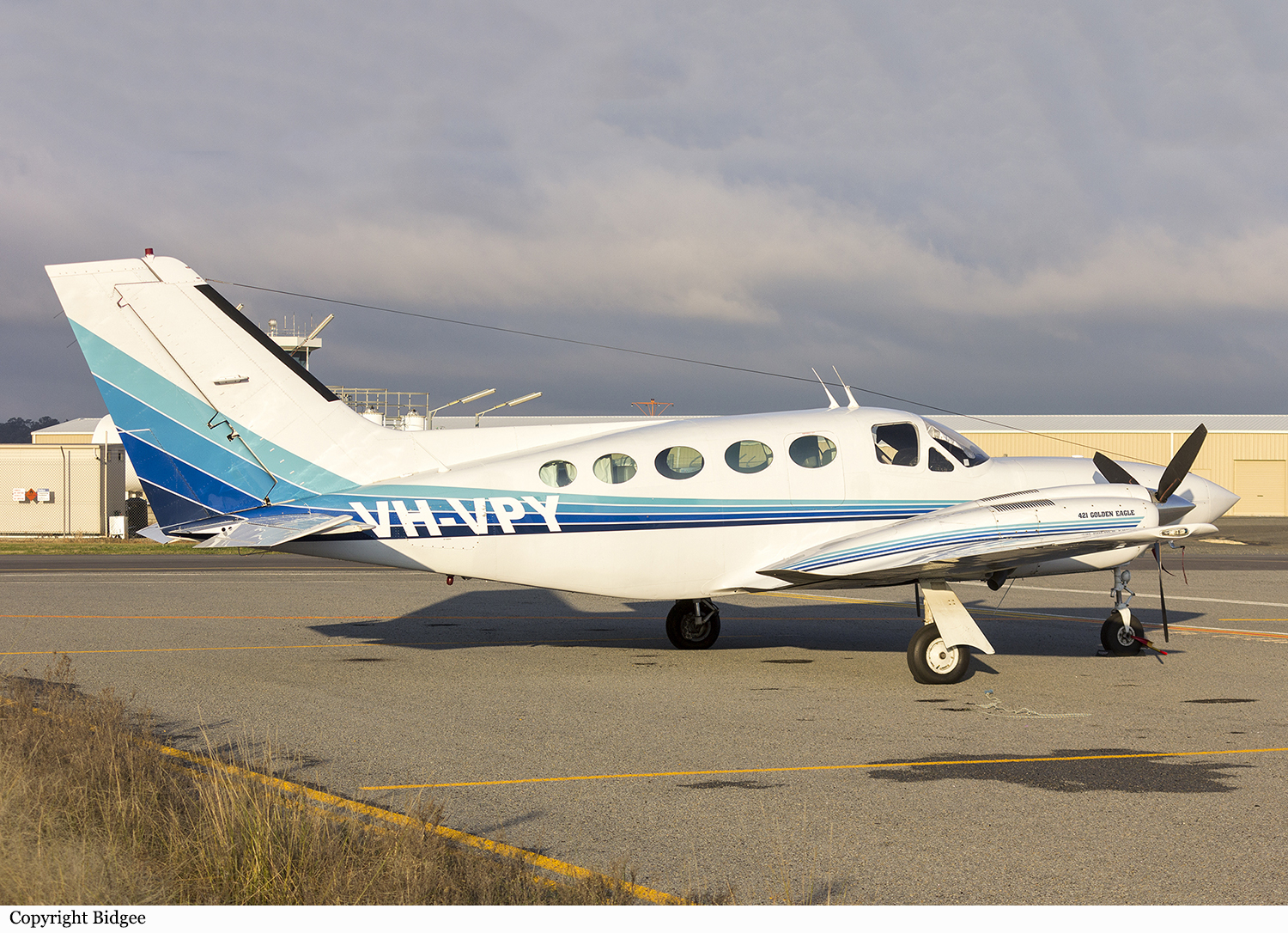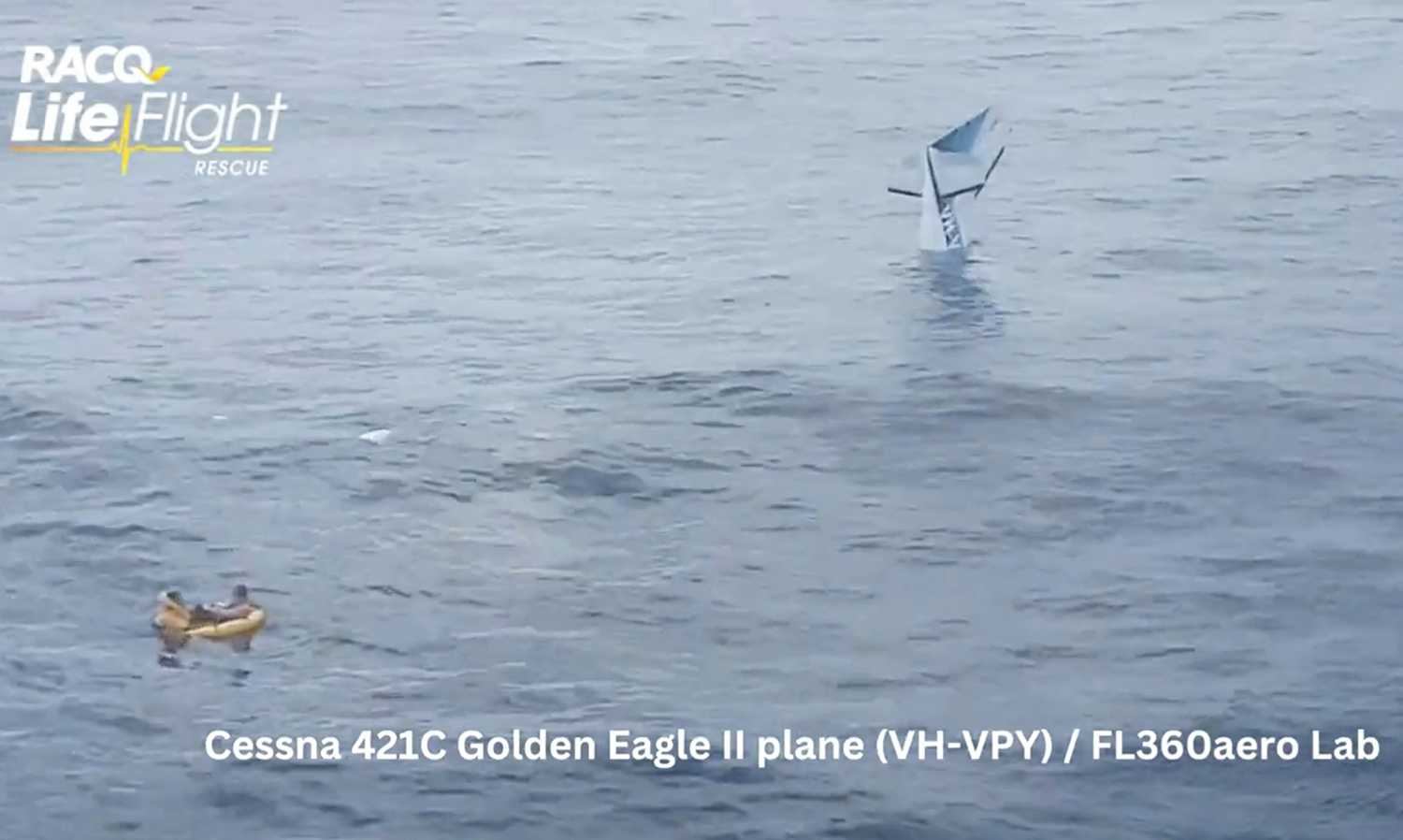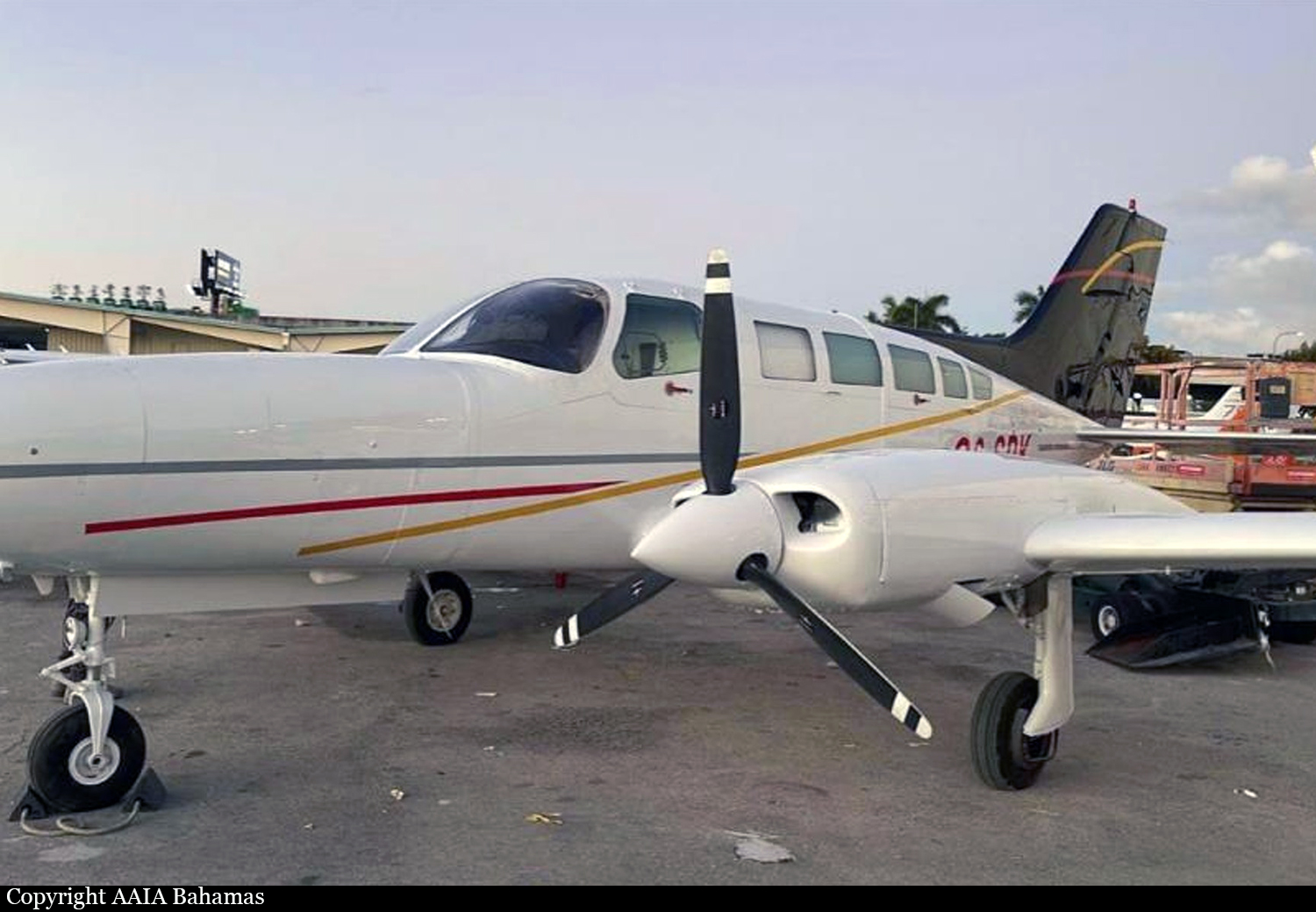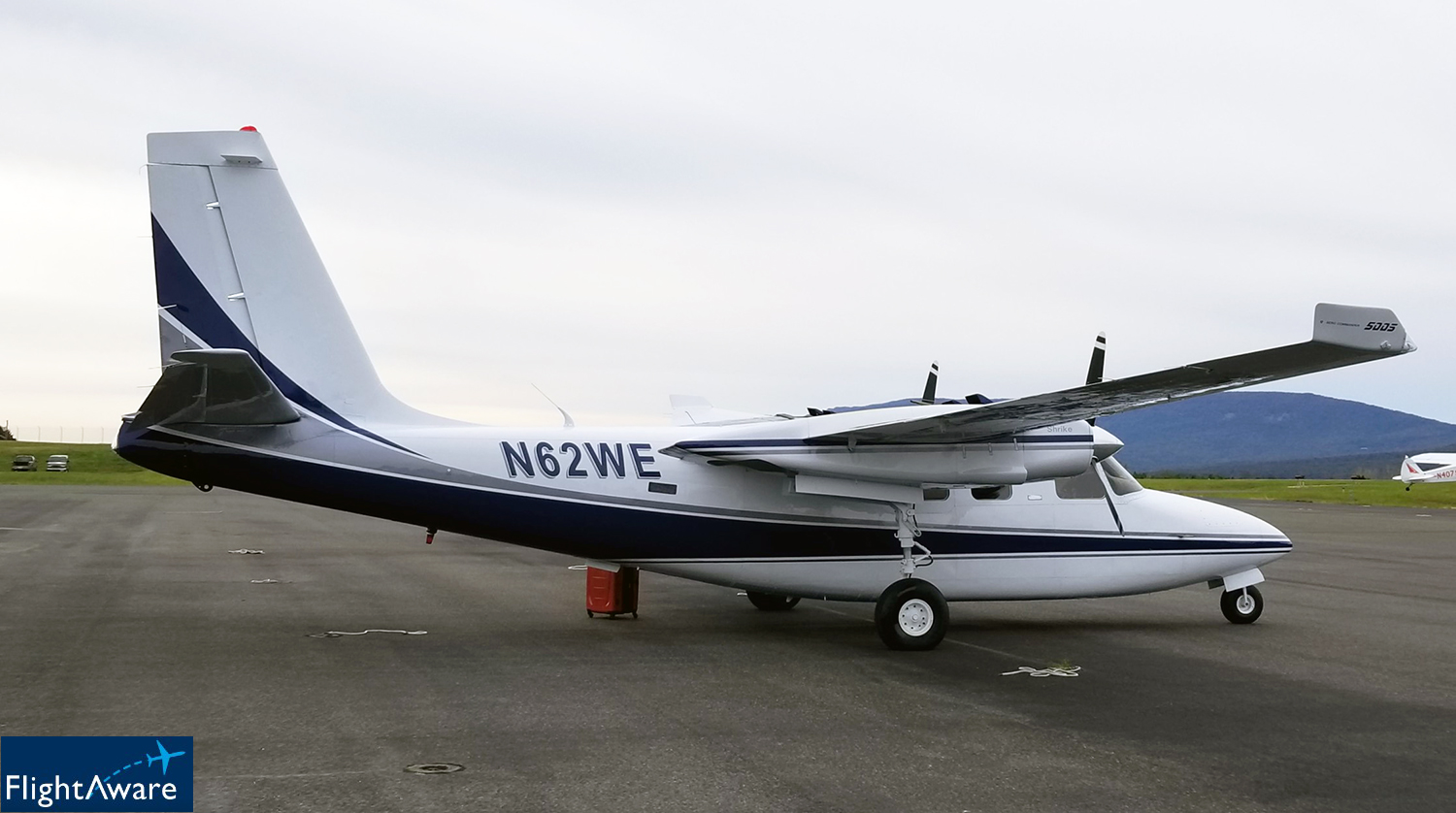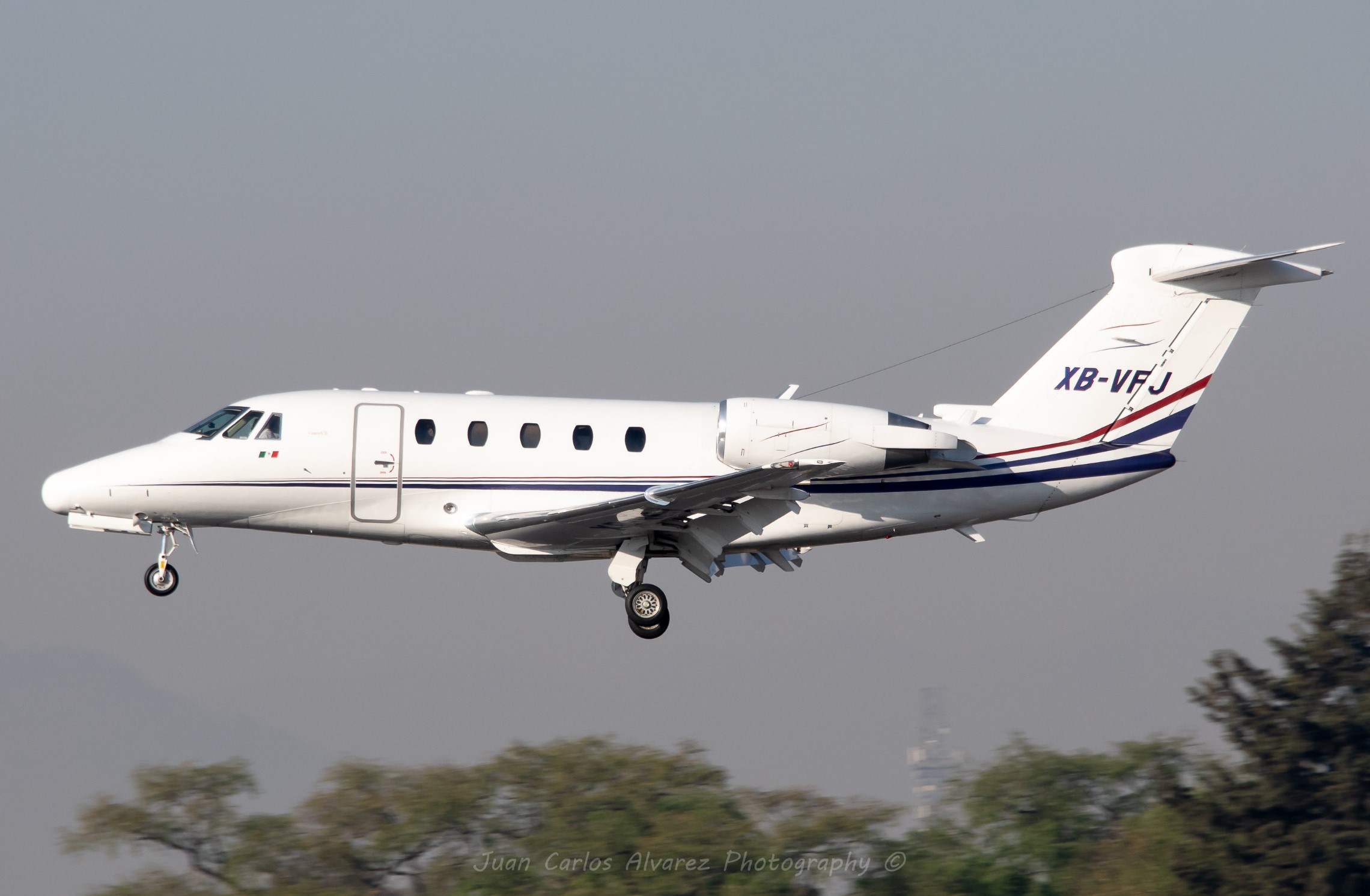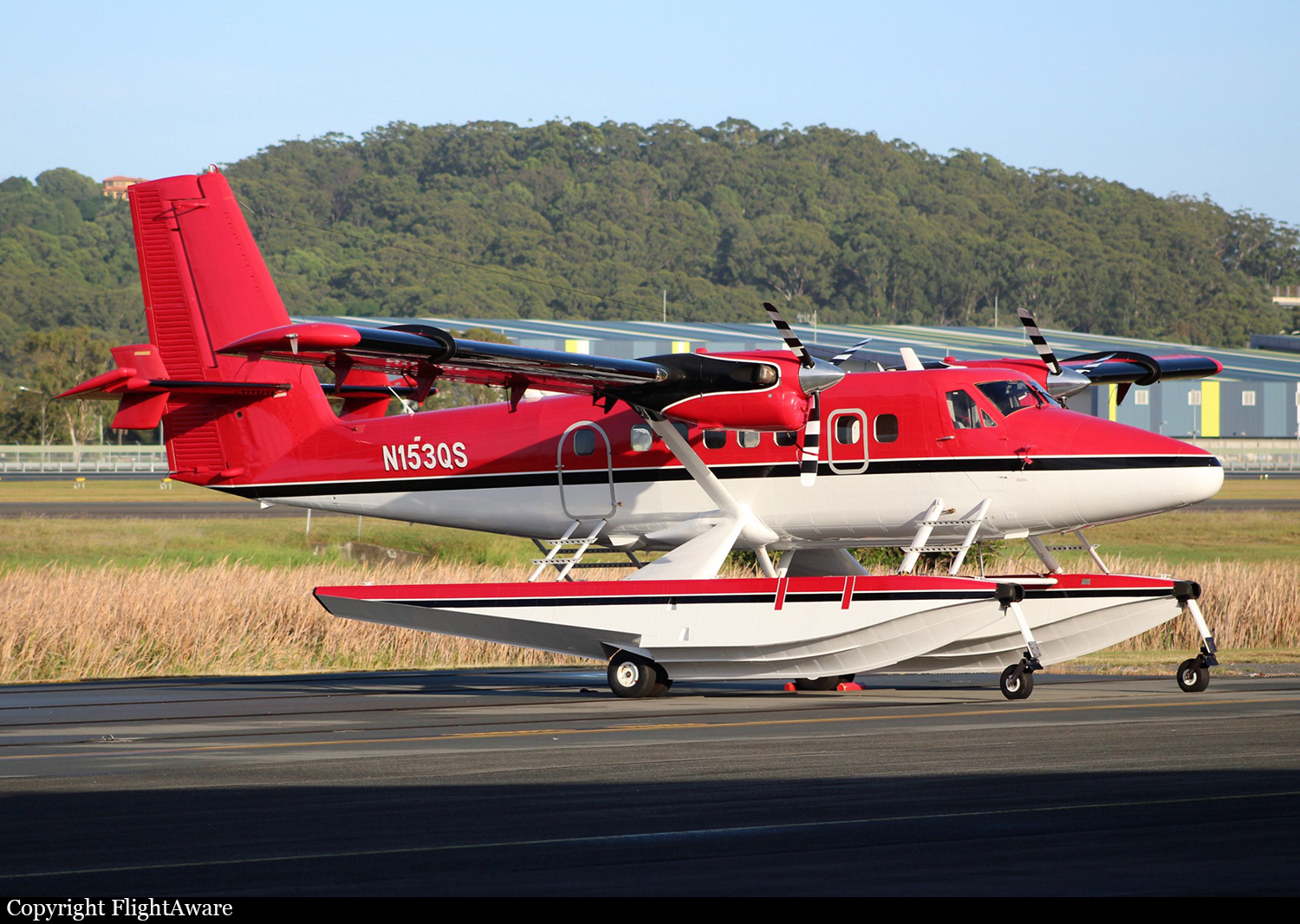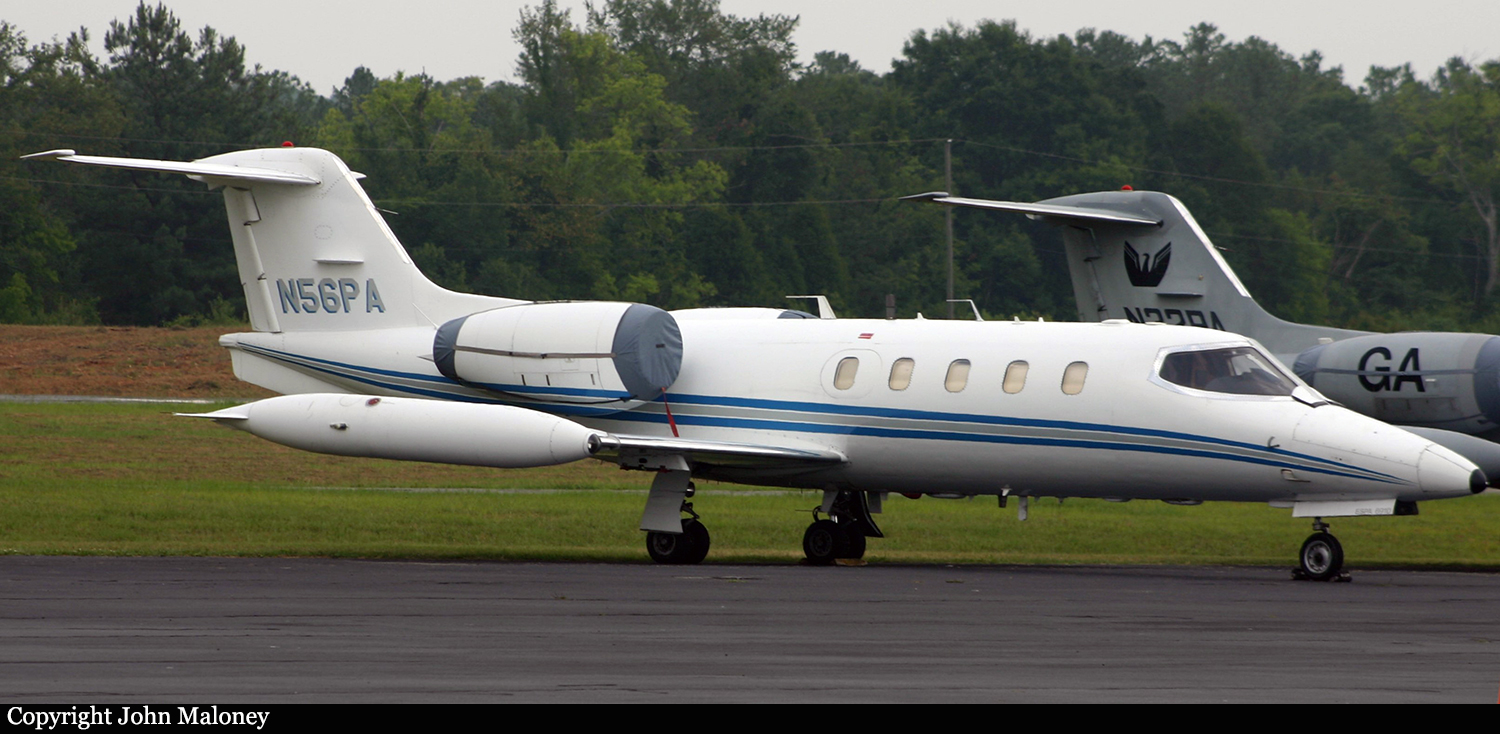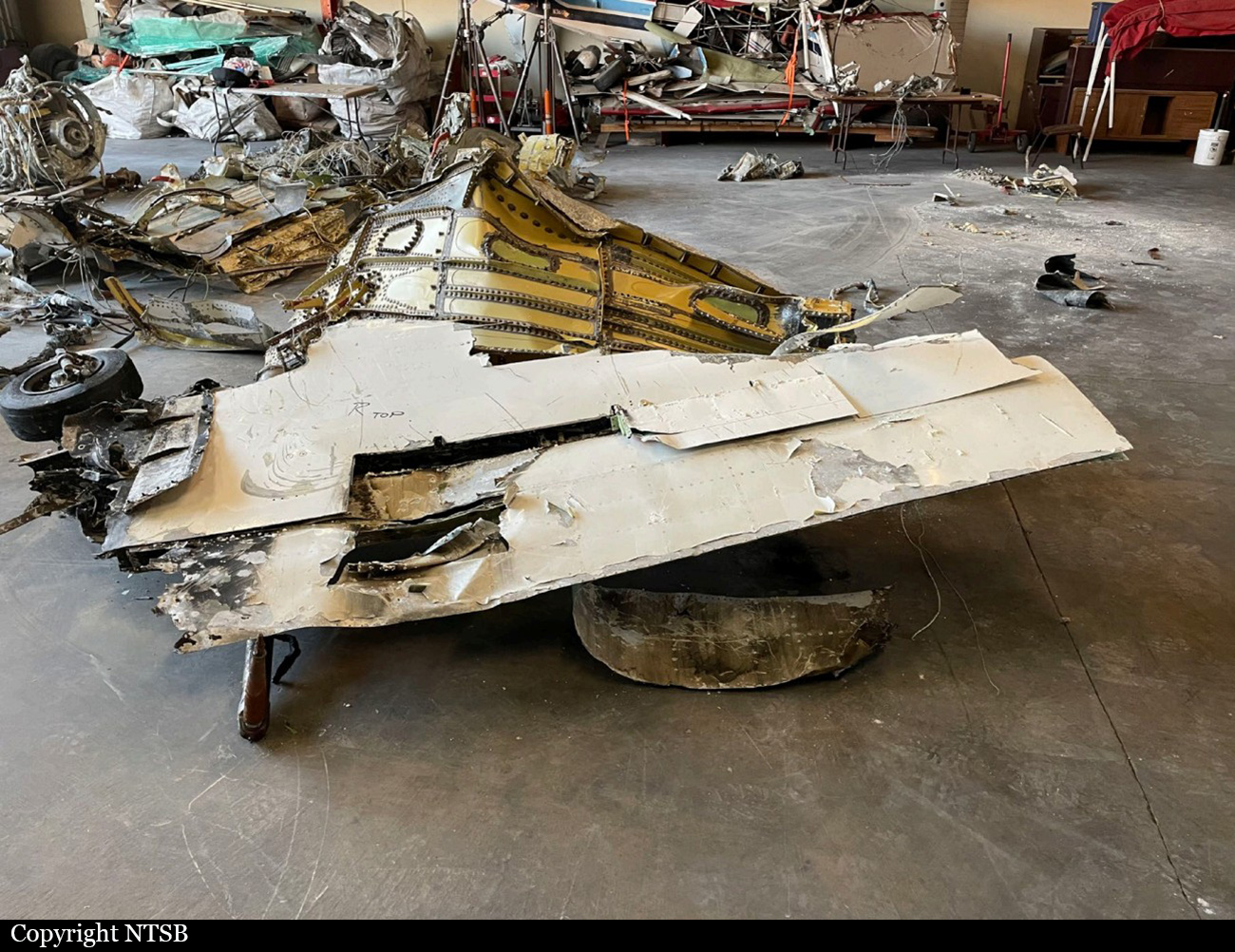Crash of a Britten-Norman BN-2A-21 Islander off San Cristóbal Island
Date & Time:
Feb 12, 2024 at 0900 LT
Registration:
HC-CXK
Survivors:
Yes
Schedule:
San Cristóbal - Puerto Villamil
Crew on board:
2
Crew fatalities:
Pax on board:
7
Pax fatalities:
Other fatalities:
Total fatalities:
0
Circumstances:
The twin engine airplane crashed into the sea some 1,5 km off the beach of Punta Carola, San Cristóbal Island, Galapagos. The airplane sank while all nine occupants were rescued. It appears that the airplane was en route to Puerto Villamil Airport, Isabela Island, when the accident occurred.
